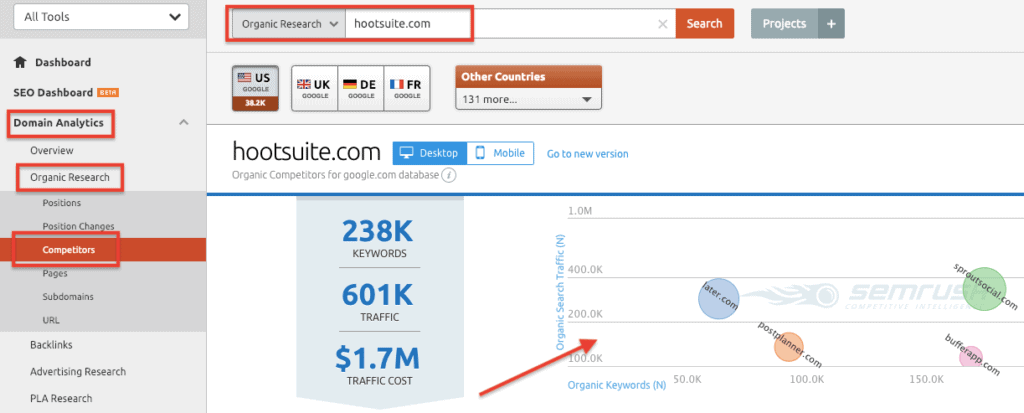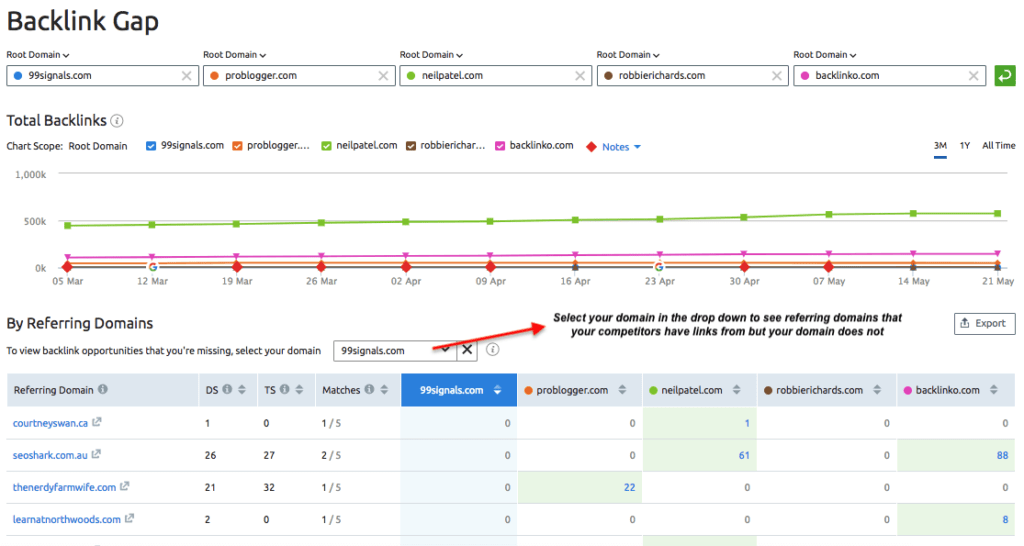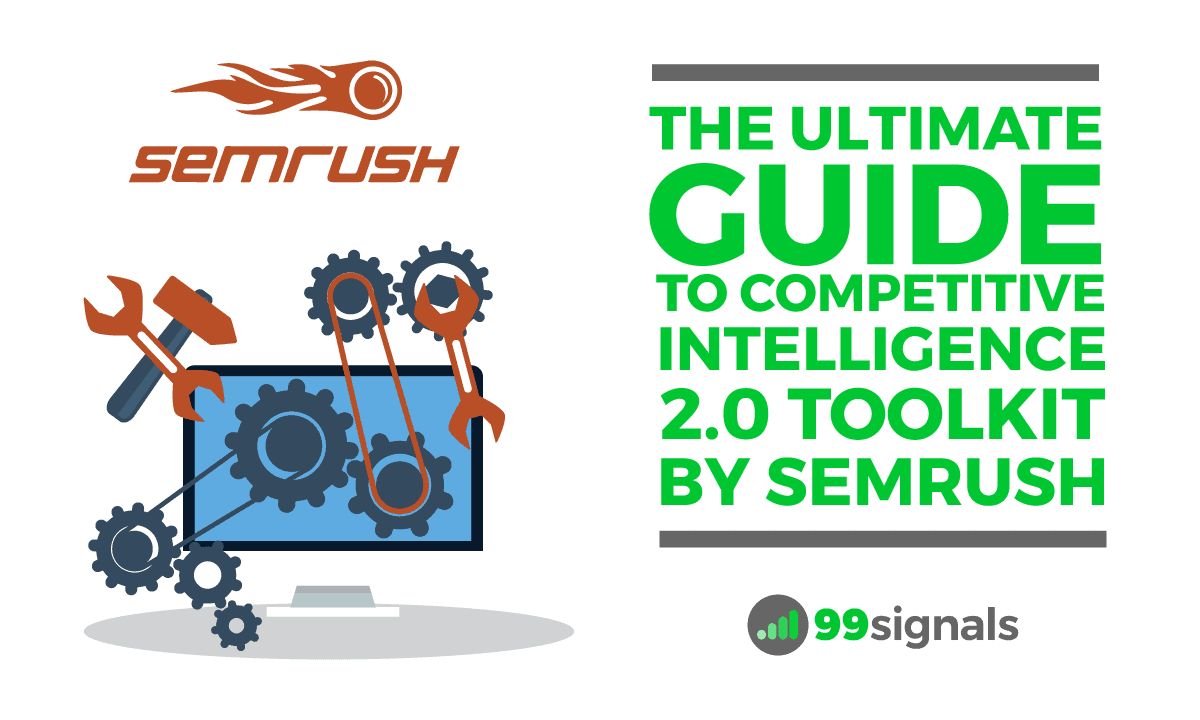As such, I was really excited when SEMrush announced the launch of its competitive intelligence 2.0 toolkit. SEMrush claims that the toolkit is revamped to meet the evolving needs of marketers, bloggers, and business owners. Powered by advanced big data technologies and machine learning algorithms, SEMrush Competitive Intelligence 2.0 is much more than a run-of-the-mill competitive analysis tool. It gives a complete picture of your competitors’ marketing strategies and tactics, be it their traffic data, advertising data, social media presence, and content marketing efforts. In this guide, you’ll discover the true potential of SEMrush’s Competitive Intelligence 2.0 Toolkit and learn ways in which you can extract the best competitive data to outperform your rivals in organic and paid search results.
1. Measure Your Top Competitors’ Traffic with the SEMrush Traffic Analytics Tool
With the SEMrush Traffic Analytics Tool, you’ll be able to evaluate your top competitors’ overall traffic, traffic sources, unique visitors, bounce rate, among other key visitor engagement metrics. To start using Traffic Analytics tool, just enter your top competitor’s domain in the search bar, select ‘Traffic Analytics’ in the drop-down, and then hit ‘Search’. For the example below, I’ve selected ‘Search Engine Land’ as the target website:
The Traffic Overview tab gives you the following information on the overall traffic of your main competitor’s website:
Visits Unique Visitors Pages/Visit Avg. Visit Duration Bounce Rate Traffic Rank
In the Traffic Sources tab, you can see the different channels your competitor relies on the most for generating traffic: direct, referral, search, social or paid.
In the Geo Distribution tab, you get to see a list of countries where your competitor domain’s traffic comes from.
Armed with this knowledge extracted from SEMrush’s Traffic Analytics reports, you’ll know exactly where your top competitors’ traffic come from, which locations they come from, and how successful they are in engaging their target audience.
2. Outperform Competition in SERPs with the SEMrush Organic Research Tool
The SEMrush Organic Research Tool will give you a quick glimpse of your competitor website’s organic search visibility. To use this tool, enter your competitor’s domain in the search bar, select ‘Organic Research’ in the drop-down, and hit ‘Search’. Wait for a few seconds as SEMrush generates organic research report for your competitor. In the Overview tab you will find:
Keywords — The target website’s total number of keywords, with organic positions (in Google Top 100) Traffic — The expected monthly traffic from those keywords Traffic Cost — The estimated price of the given organic keywords in Google Ads Branded Traffic — The amount of traffic that comes from keywords that include the domain’s brand name. Non-Branded Traffic — The amount of traffic that comes from non-branded keywords.
The Positions tab will show your competitor’s top organic keywords, their position in search engine result pages (SERPs), and the organic traffic that these keywords generate. The information gained from SEMrush’s Organic Research reports can help you narrow down the list of target keywords you should focus on while creating new content and help you identify low‐hanging content opportunities by looking at your competitor’s top performing keywords and pages in SERPs.
3. Track Online Mentions of Your Competitors with the Brand Monitoring Tool
The SEMrush Brand Monitoring Tool allows you to track online mentions of any keyword you choose, be it your competitor’s brand name, product name, or any phrase closely associated with your rival’s services. To access this tool, select your project from the SEMrush dashboard, select Brand Monitoring, and then click on ‘Set up’. Here, you can enter your competitor’s brand or products, select ‘country’ if application, opt for weekly email updates, and then hit ‘Start Tracking’.
From the results page, you can easily track the publications, blogs, and Twitter accounts that mention your competitor’s brand, products, or keywords you are most likely to target.
Furthermore, you can filter the results by sentiment and then estimate the potential of the mentions with the help of BM score, traffic, and estimated reach metrics. Tracking mentions of your top rivals is a great way of bringing your brand to the attention of those who are interested in similar products or services. It’s also a great way to find new link building opportunities.
4. Unravel Competitors’ Backlink Profile with the Backlink Analytics Tool
The SEMrush Backlink Analytics Tool offers you a glimpse into your competitors’ complete backlink profile and allows you to monitor their new and lost backlinks. To access this tool, just enter your top competitor’s domain in the search bar and select ‘Backlinks’ in the drop-down. From the results page, the Overview tab will show you the complete backlink profile of the domain — total backlinks, referring domains, referring IPs, and Authority Score (SEMrush’s version of domain authority score).
Below this data, you’ll see a chart showing how many backlinks your competitor’s domain has acquired or lost over a selected time period. In the Backlinks tab, you’ll find more data on backlink types (image, text, etc.) and total ratio of follow vs nofollow backlinks. Below that, you can find details on the page title of the backlink and the URLs of source and target pages, and other useful metrics such as page score, trust score, anchor text, and external and internal links.
Furthermore, you can filter this data by backlink type, follow vs nofollow backlinks, new and lost backlinks, etc. The data extracted from Backlink Analytics reports will provide you with actionable insights into link building strategies you should use for your own website.
5. Examine Your Competitors’ Social Media Presence
With SEMrush’s Social Media Tracker tool, you’ll be able to track and analyze your competitors’ social media activities and monitor their presence and engagement in social media. The Social Media Tracker tool allows you to do all of the following:
Understand how often your competitors post on social media and the type of content they usually post. You’ll also be able to see the engagement levels on these posts. Find out which of your competitors’ posts worked best for a specific social network. Find out which of your competitors are the best at attracting followers and what kind of interests they target. Spot unusual spikes and drops and analyze them in more detail.
To get started with the Social Media Tracker tool, connect any of your existing projects in SEMrush, connect your social media accounts, and then enter the domains of your top competitors. SEMrush will automatically sync your competitors’ social media accounts. You can add up to 20 competitors in your Social Media Tracker.
Once this is done, click the ‘Start Social Media Tracker’ button, and wait for a few seconds while SEMrush populates the data for you. In the Overview tab, you’ll see which social network brings most followers or most engagement to your competitor and what content performs best.
Next, the ‘Facebook’ tab will reveal your competitor’s top performing posts, total engagement received by these posts, engagement rate, and other useful data such as reactions, shares, comments, etc. You can filter these results by hashtags and post types (link, status, photo, video, etc.) Similarly, the ‘Twitter’ tab will reveal your competitor’s top performing tweets, along with other useful metrics such as total engagement, engagement rate, retweets, likes, and replies. Furthermore, you can select ‘Hashtags’ tab from the results page to see your competitor’s most frequently used hashtags and the engagement per tweet for those hashtags. These reports can prove invaluable when you’re crafting your own social media strategy and creating content calendar that’s tailored to your target audience.
6. Compare Your Competitors Against Each Other
Benchmarking allows you to incorporate the best practices from your competitors and to improve your marketing by using proven strategies. The easiest way to benchmark is to compare yourself with the dominant players in your industry. To do this, use the following tools within SEMrush to get the best possible comparison data from your competitors:
Use the Organic Research Tool to compare your website with your top organic competitors. Type your domain and then go to Domain Analytics -> Organic Research -> Competitors to discover your strongest organic competitors and see the top performing pages and keywords of your competitors.
Similarly, you can use the Advertising Research Tool to compare your website with your top paid competitors. Type your domain and then go to Domain Analytics -> Advertising Research -> Competitors to discover your top paid search competitors, the paid keywords they use and the traffic these keywords generate, and also take a sneak-peek at their ad copies.
7. Uncover New Link Building Opportunities with the Backlink Gap Tool
With the SEMrush Backlink Gap Tool, you can analyze the backlink profiles of up to five competitors. This data can then be used to identify untapped link building opportunities. To get started, visit Gap Analysis -> Backlink Gap and enter your own domain and then four of your top competitors. After entering your competitor domains, hit the green button and allow SEMrush to populate the data for you. The Backlink Gap tool will return with a graph and a table depicting the comparison between the five domains’ backlink profiles. You can get a quick look at which competitor is building the most new backlinks with the trend graph at the top.
Now it’s time to identify untapped link building opportunities for your domain. This means we need to look for referring domains that your competitors have links from but your domain does not. To view this data, select your domain in the drop-down above the table. These websites could be your next link building targets since they are linking to your competition sites, but not yours. All SEOs would agree on one thing — to outmaneuver your organic competitors, you need to put consistent energy into acquiring authoritative backlinks at all times. Using SEMrush’s Backlink Gap tool, you can ensure you are one step ahead of all your top competitors.
Conclusion
So now that you’ve discovered the true potential of Competitive Intelligence 2.0, let’s quickly recap what we learned in this guide:
Measure Your Top Competitors’ Traffic with the SEMrush Traffic Analytics Tool Outperform Competition in SERPs with the SEMrush Organic Research Tool Track Online Mentions of Your Competitors with the Brand Monitoring Tool Unravel Competitors’ Backlink Profile with the Backlink Analytics Tool Examine Your Competitors’ Social Media Presence Compare Your Competitors Against Each Other Uncover New Link Building Opportunities with the Backlink Gap Tool
As you can see above, competitive analysis done via SEMrush’s Competitive Intelligence 2.0 Toolkit can unearth a goldmine of information for your business and help you craft a successful marketing and growth strategy. Ready to get started? Try SEMrush’s Competitive Intelligence 2.0 Toolkit If you found this article useful, please share it on Twitter using the link below: Side note: SEMrush is a powerful digital marketing software that can help you with more than just competitor analysis. Read my full review of the software, or start your 30-day free trial to test it out for yourself!
SEMrush vs MOZ: Which is the Best SEO Tool? 5 Best SEMrush Features for Bloggers How to Use SEMrush to Amplify Your Content Marketing



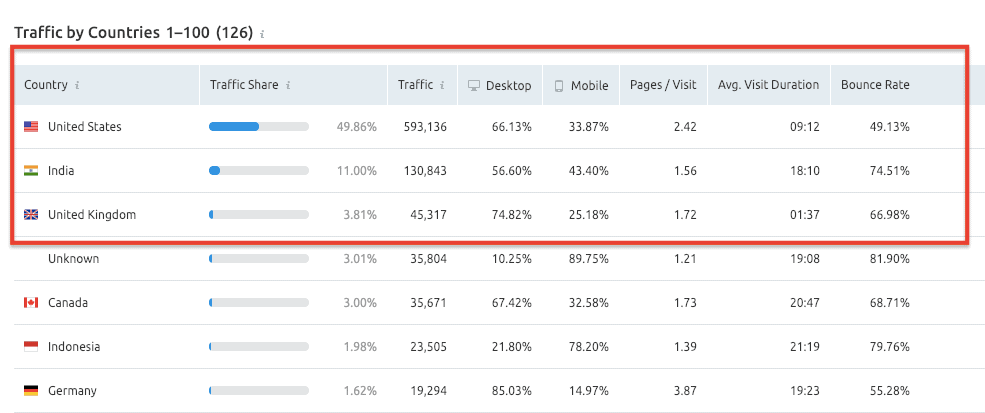
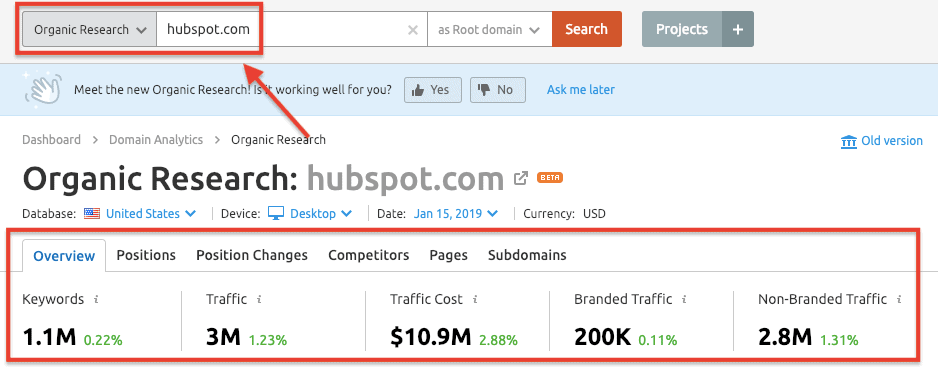
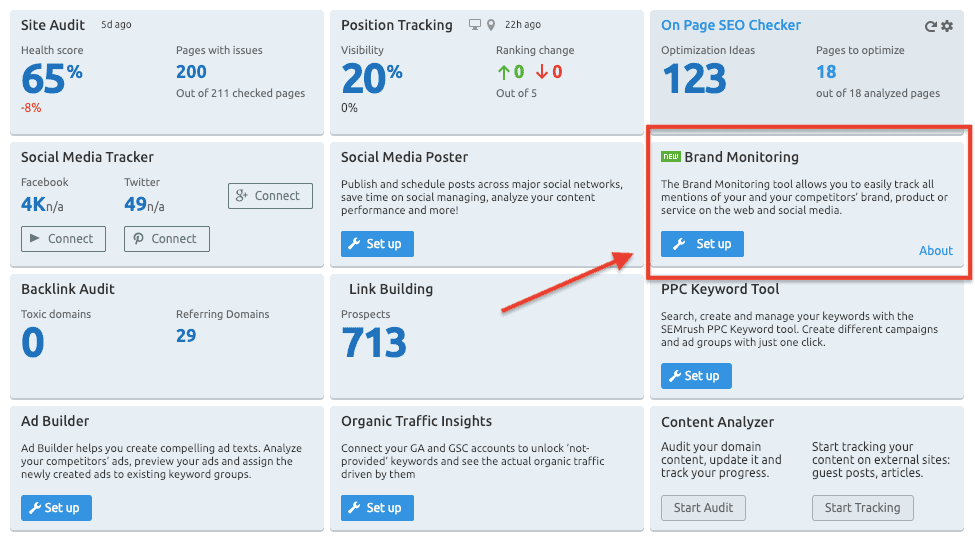
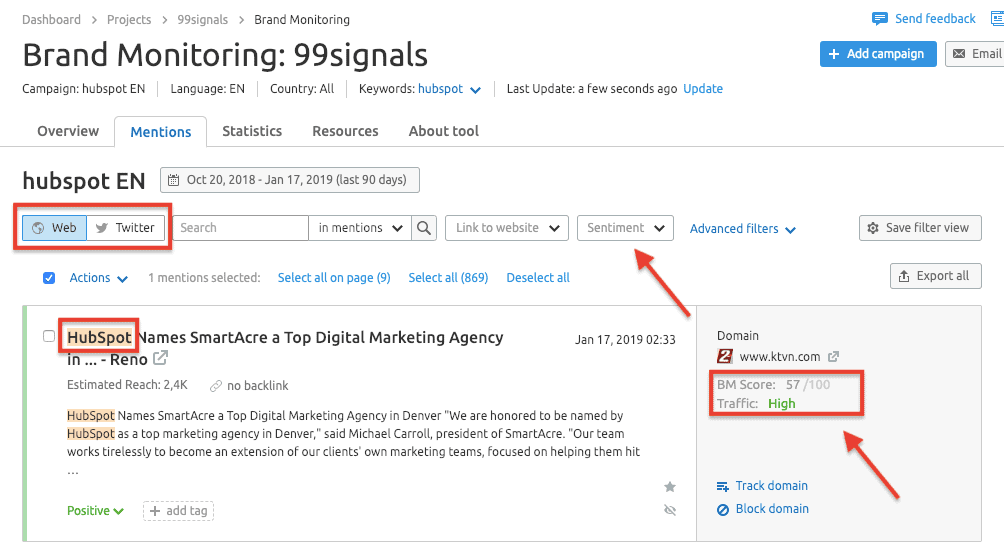
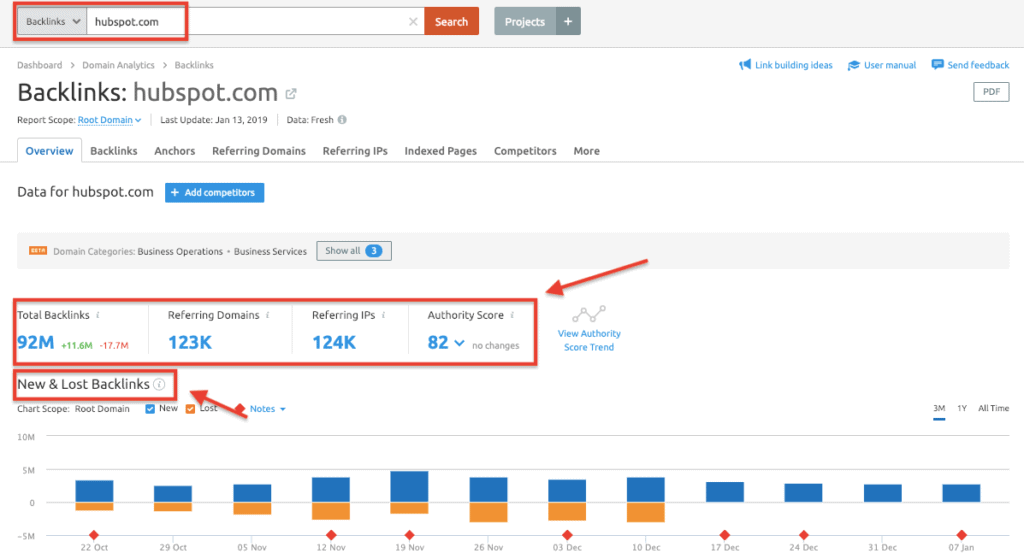
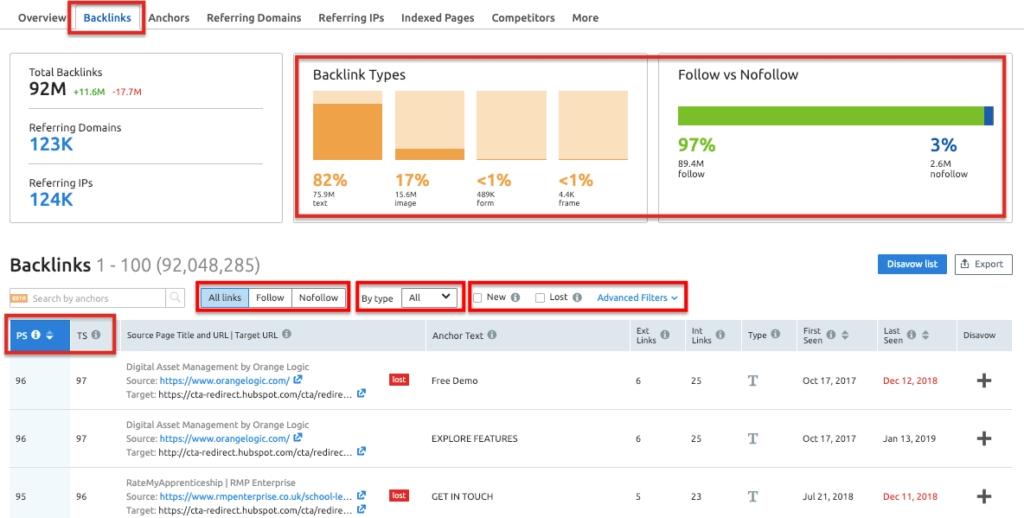
![]()
![]()
